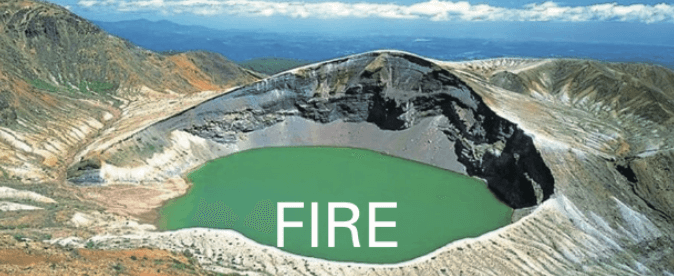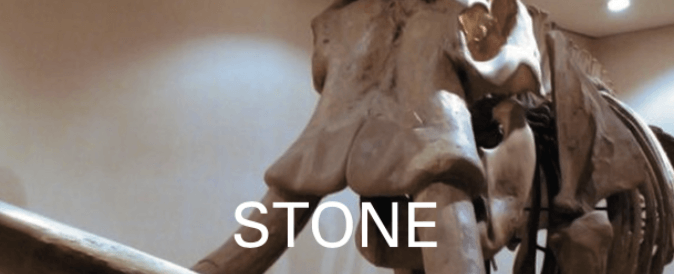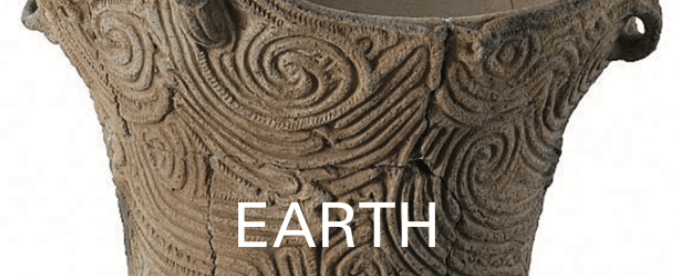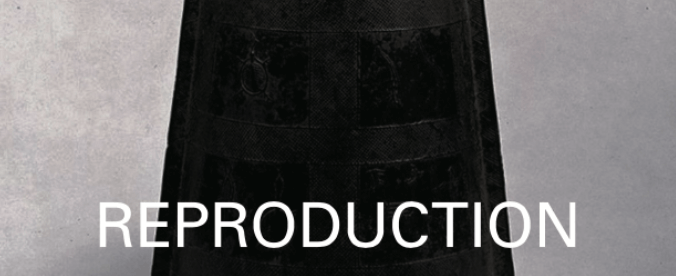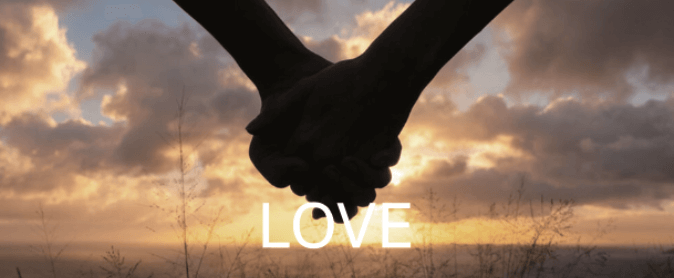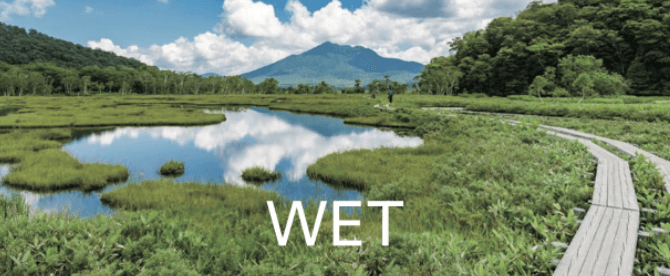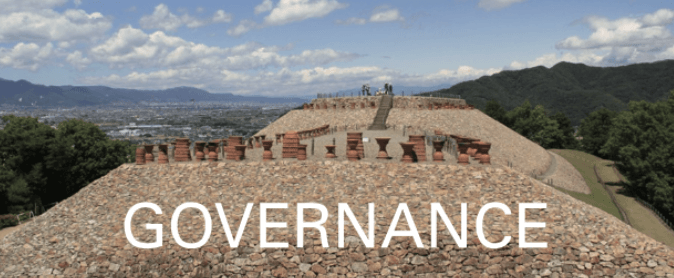
Watanuki Kanon Yama Tumulus Excavated Articles are listed as National Treasure. This group of human-shaped clay figures are holding their hands in front of their chest, with their fingertips bent so that they could play. It is presumed that they performed the same role in ceremonies. In Kozuke Province, Gunma , a coalition of powerful families formed and made an alliance with the Yamato Kingdom, in the 4th -7th centuries
This museum introduces the ancient Gunma, Kozuke Province, which was one of the most powerful Provinces in East Japan, through cultural assets excavated in the prefecture, such as these clay figures.
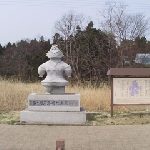
Historic Kamegaoka Site
“This Wetland site preserved the culmination of Jomon molding” – This was a settlement in low-lying wetlands during the final Jomon period, 3,000-2,000 years ago. Goggle-eyed clay figurine, and excellent artistic relics of lacquered pottery have been excavated. These provide a clear insight into the essence of Jomon culture and its roots in nature and art.
In addition, pit graves and dwelling sites were found in the hills. Along with the wide-area maritime network, the excavated Goggle-eyed clay figurine, nicknamed Shakochan and earthenware had affected the entire archipelago, from the center of Hokkaido Island to the northeast region of Honshuu Island.
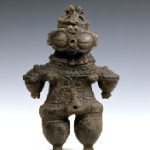
“A museum on a hill, with a great view of Mt. Iwatesan” -Mt. Iwate has been worshipped. This museum exhibits a Goggle-eyed clay figure, from the final Jomon period, 3,000-2,000 years ago. The figure used to be painted Indian red, to keep away evil spirits. The mountain and figurine bring good fortune!
The museum exhibits materials such as geology, archeology, history, folklore, and animate nature from the geological era to the present day. On a clear day, you can see the beautiful Mt. Iwate from the second floor of the museum. The beauty overlaps the Goggle-eyed clay figure, which was excavated from the Teshiromori Site in Morioka City and was restored in almost complete form.
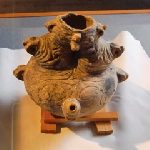
Higashine, along the Mogami River, has a history of safflower merchants that brought items of Kyoto and Edo culture, like Hina dolls, small dolls displayed at the Girls’ Festival. These merchants traded the high-priced Yamagata safflowers in Kyoto and Edo, during the Edo era (1603-1868).
This museum introduces the history and culture of Higashine city and exhibits the irregular-shaped, spout-mouth earthenware from the Jomon period (13,000 – 2,300 years ago). It conveys the importance of the Japan Sea network, which has connected East and West Japan since ancient days.
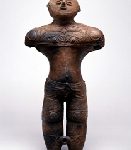
This National treasure, Chuku-Dogu, a Hollow Clay Figurine, 2000-1000 BC from the late Jomon period, is the largest Hollow Clay Figurine (height 41.5cm). Its hair was expressed in minute circles, and the whole body was skillfully decorated with extremely fine patterns. It is exhibited at Hakodate Jomon Culture Center.
The Jomon people continued to produce large amounts of cylindrical pottery, clay figurines, and ornaments in their daily lives. And the fact that they crossed the Tsugaru Channel is revealed from the excavated items in Hokkaido.

“Deep pot, Cylinder earthenware came!” -Cylinder earthenware created a cultural region by enabling the cooking of acorns and nuts. Here, you will discover the archaeological sites and artifacts from the migrations of the Paleolithic, during the initial of the Jomon period 15,000 ‒ 12,000 years ago, thru the end of Jomon period, 3,000 ‒ 2,000 years ago. Cylindrical earthenware was distributed from southern Hokkaido to northern Akita Prefecture and northern Iwate Prefecture across the Tsugaru Strait from the early part of the Jomon period, 10,000 ‒ 6,000 years ago, thru the middle Jomon period, 5,000 ‒ 4,000 years ago. Cylindrical earthenware conveys that there were active exchanges on both sides of the Tsugaru Strait. At this museum, you can enjoy the special exhibition in the special exhibition hall of the former Fifty-Nine Bank Aomori Branch.
